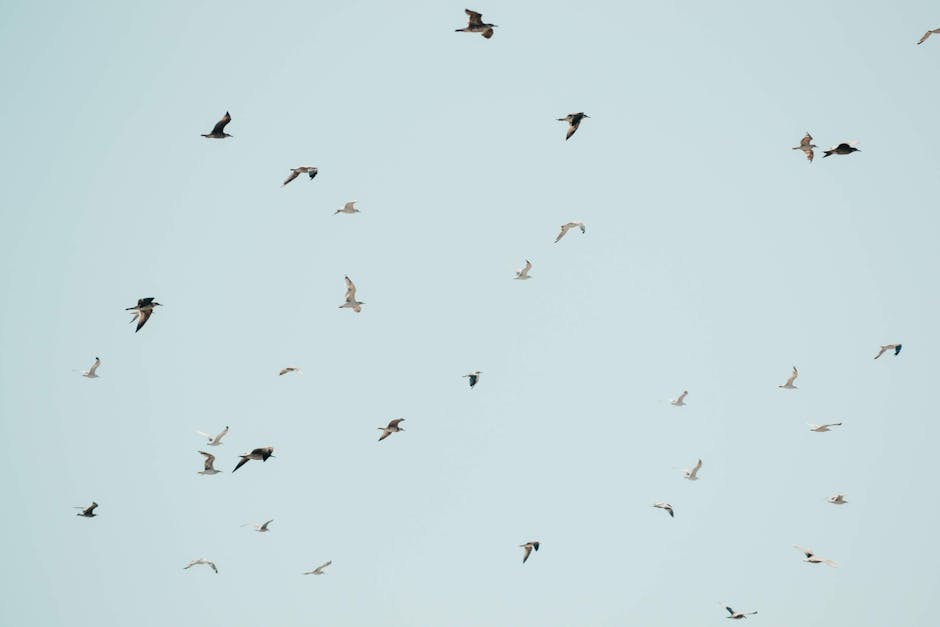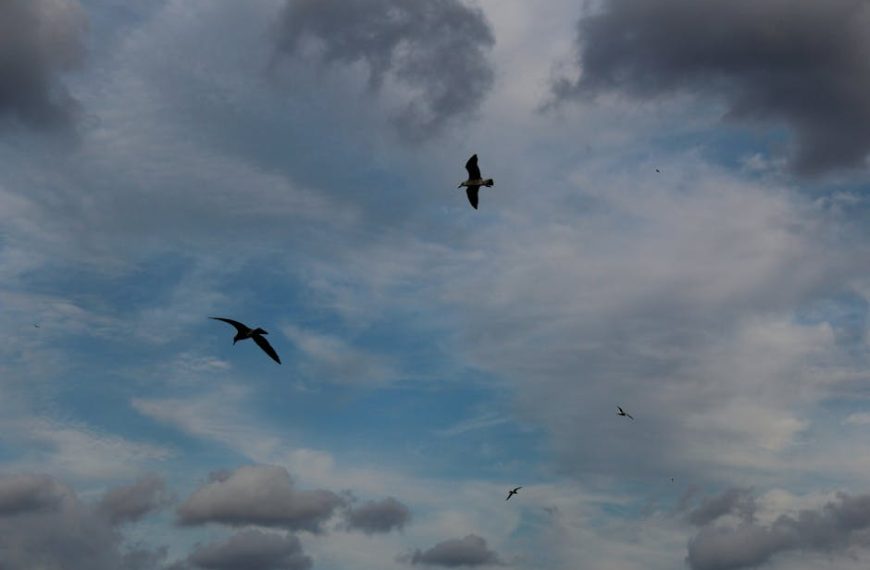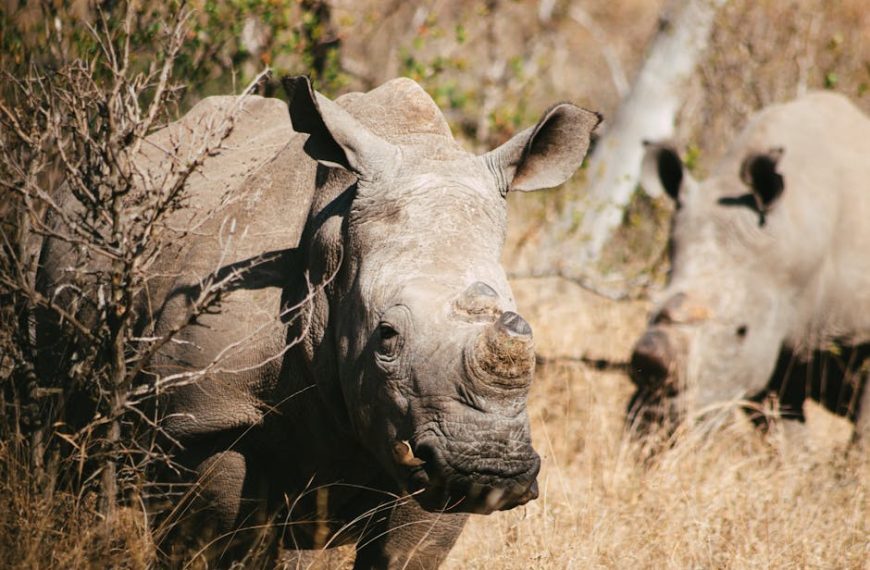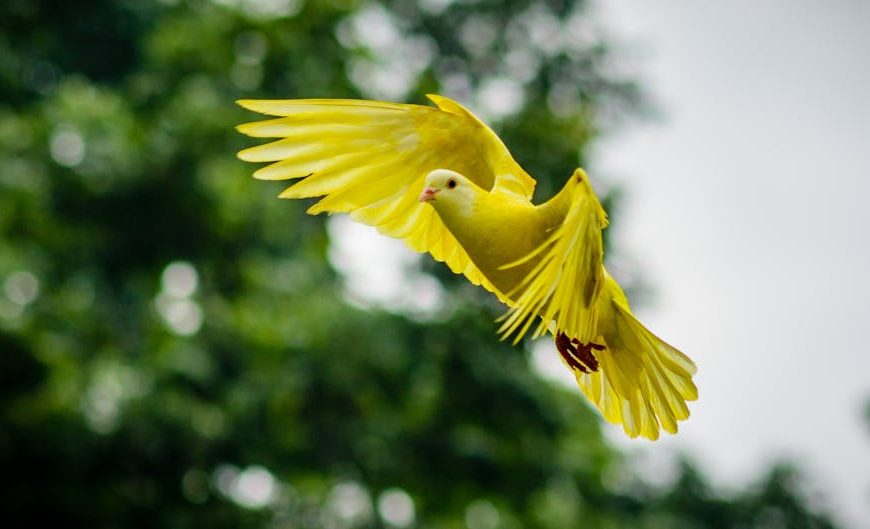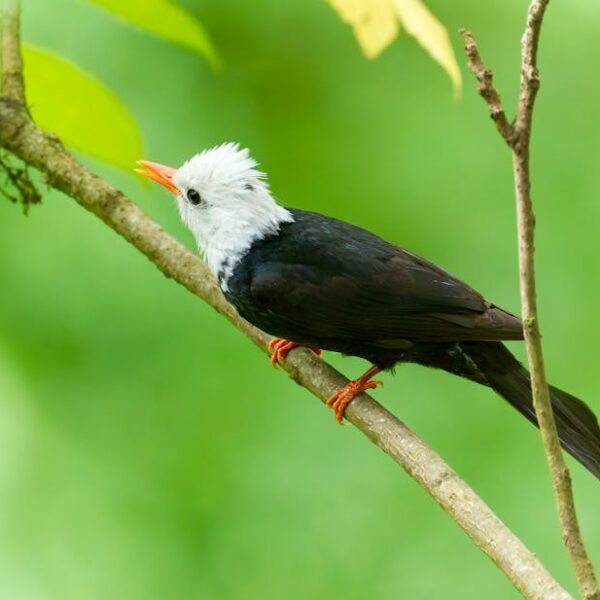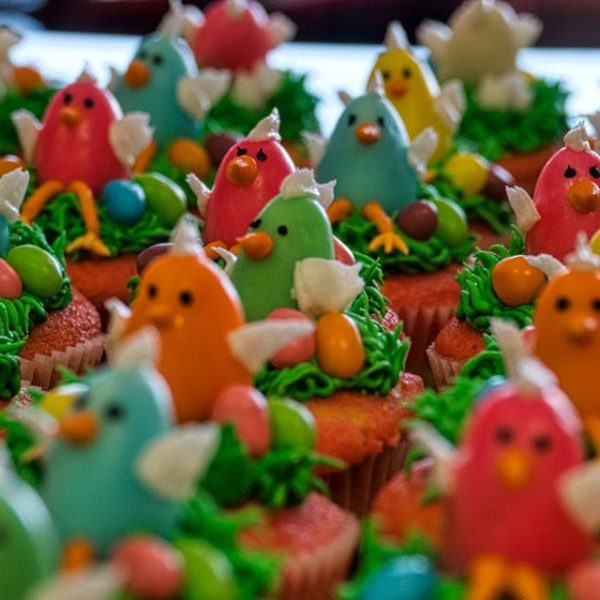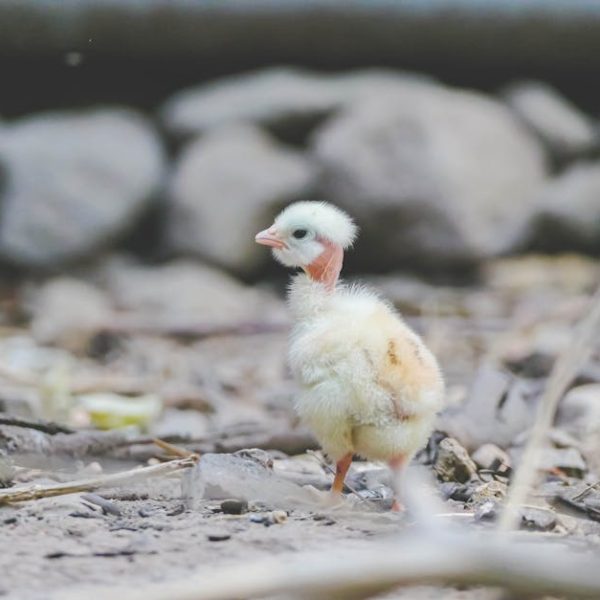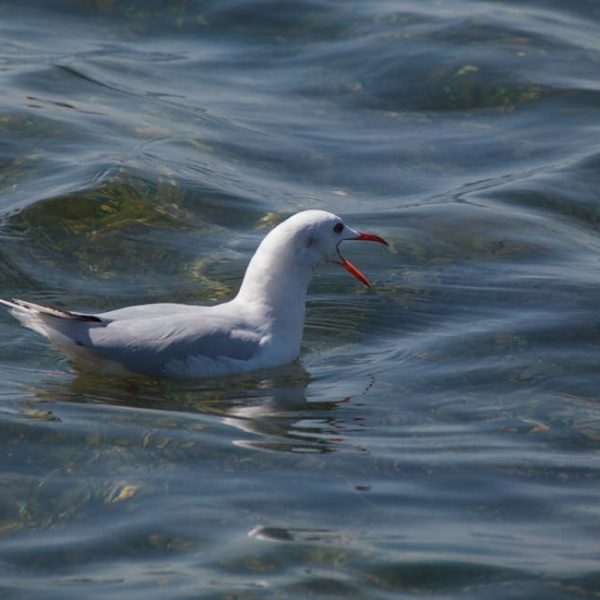Survival is the core instinct driving every species on this planet, and birds are no exception. During a hurricane, birds exhibit unique behaviors to ensure their survival. One such intriguing behavior observed is birds flying into the storm’s calm ‘eye’ to escape the hurricane’s outer fury.
This intriguing behavior is backed by two crucial abilities: their exceptional long-distance flight capabilities and an effective early warning system. Humans may start preparing for a hurricane when we see weather alerts, but birds can detect low-frequency sounds produced by storms much before modern technology can provide such warnings. Triggered by these sounds, many birds make the smart move of flying away from the impending storm.
But reactions to hurricanes are not uniform across bird species; it somewhat depends on their nature and environment. Seabirds, for instance, may fly far inland or join fellow birds in the calm ‘eye’ of the storm. On the other hand, forest birds may seek shelter in their habitat, nestled in with branches and foliage.
Bird-watchers can track bird migration during storm seasons by observing changes in their songs or sudden movements away from their usual feeding or nesting grounds. Other unique behaviors include birds flying at a lower altitude and altering their flight patterns.
The Impact of Hurricanes on Bird Habitat
Hurricanes often leave a trail of destruction, significantly affecting bird habitats. Nests, sometimes with young hatchlings, are directly in the line of fire. Additionally, forceful winds and heavy rainfall affect widespread areas serving as habitual feeding grounds. Following a hurricane, birds sometimes return to a vastly altered landscape, struggling to find food and shelter.
However, such large-scale natural events come with their own set of pros and cons for wildlife. Forced migration, for instance, may introduce new genetic variation in isolated populations as migrating birds join these groups. Contrarily, large scale habitat destruction disrupts bird communities, threatening their survival.
Conservation groups play a key role in such situations, initiating recovery activities post-hurricanes. These include rebuilding habitats, feeders to provide sustenance, and birdhouses to compensate for the loss of natural shelters. Adopting these best practices helps stabilize displaced bird populations, eventually restoring them back to their habitats.
The Science Behind Birds Surviving Hurricanes
Bird survival during hurricanes involves a fascinating blend of biology, instinct, and adaptation. Thermal updraft, a more commonly used technique among birds for long-distance flights, allows them to gain altitude with minimal effort. The principle here involves the hot air rising from the ground, giving lift to birds soaring above.
Birds also rely on their internal compasses for navigation during harsh weather. Using the Earth’s magnetic field, daylight, and stellar cues, birds can navigate great distances despite the sensory overload during a storm.
To understand it better, let’s compare flight techniques used by birds during normal days versus during hurricanes. For example, a bird may usually glide or soar to expend less energy during flight. However, in the face of a storm, they need to adopt a more vigorous, forceful flapping flight technique, often accompanied by unpredictable movements as they maneuver the storm.
To spot a bird’s preparation for a storm, there are certain signs you can check off your list: erratic flight patterns, shifts in feeding activity, disruption of usual songs, and sudden quietening as the storm approaches.
Surviving a hurricane is no small feat for birds; it’s a testament to their resilience, preparedness, and evolution. From bird-watchers to nature enthusiasts, understanding their behaviors provides both knowledge and appreciation for these fascinating creatures.
Human Intervention and Birds During Hurricanes
Humans can play a significant role in assisting bird populations during hurricanes. Simple actions like placing bird feeders filled with suitable food can provide much-needed sustenance for birds struggling to find nourishment amidst widespread habitat disruption. Taking such steps helps birds regain their strength, enabling them to rebuild their nests and repopulate their communities.
Additionally, many conservation organizations both locally and internationally work tirelessly during these challenging times to aid wildlife. Groups such as the National Audubon Society, BirdLife International, and local Wildlife Trusts initiate recovery efforts like habitat rebuilding, injured bird care, and population monitoring.
However, if you do come across displaced or injured birds found after a storm, it’s essential to follow proper care and handling practices. Contacting a local wildlife rehabilitation organization is the best course of action, as they are equipped with the knowledge and resources to provide appropriate care.
Adaptation and Evolution of Birds to Hurricanes
Over time and generations, bird species have evolved and adapted to storms, including hurricanes, to survive in their local environments. Some birds have developed the ability to sense drops in barometric pressure, signaling them of an approaching storm. These species are often seen feeding excessively before a hurricane, anticipating the hard times ahead.
These adaptations, while necessary for survival, have their own pros and cons. On the upside, the birds’ ability to sense impending storms keeps them one step ahead, aiding their survival. However, there’s also the risk of mishaps during a storm’s flight or possibly falling prey to predators due to forced migrations and changes in habitat.
Still, the adaptability of birds to hurricanes is truly remarkable. Consider a few fascinating facts:
- The Prothonotary Warbler can predict hurricane seasons months in advance and adjust its nesting behavior accordingly.
- The Blackpoll Warbler can fly up to three days non-stop during its migration, showcasing a resilience that could be handy during a hurricane event.
- Red knots adjust their timing of migration based on the hurricane seasons.
Understanding how birds weather hurricanes gives us insights not only into their behaviors but also into how they’ve evolved and adapted as species. These intrepid creatures embody resilience, further cementing their important role in our planet’s ecosystems.
Key Takeaway:
- Birds display unique behaviors during hurricanes, such as flying into the storm’s calm ‘eye’, which are enabled by their excellent long-distance flight capabilities and early warning system.
- Birds react differently to hurricanes, depending on their species and the environment.
- Hurricanes significantly impact bird habitats, causing wide-spread destruction. This can lead to forced migration, which introduces new genetic variations but also threatens their survival due to large-scale habitat destruction.
- Conservation groups play a crucial role in helping bird populations recover after hurricanes by initiating recovery activities, such as rebuilding habitats and providing sustenance.
- Birds employ a mix of biology, instinct, and adaptation to survive hurricanes. Thermal updraft for long distance flights and their internal compass for navigation in harsh weather are key survival techniques.
- Humans can assist bird populations during hurricanes by placing bird feeders and supporting conservation organizations.
- Over time, birds have evolved and adapted to deal with hurricanes, which has brought about both benefits and risks for the species.
Despite the devastating consequences of hurricanes, both bird species and humans have proved resilient in the face of natural disasters. By understanding bird behavior during these challenging times, we can collectively contribute to their survival and preservation. Additionally, supporting conservation efforts can play a significant part in helping the recovery and maintaining the diversity of our planet’s ecosystems.
FAQs
Q: How can I help local bird populations before a hurricane?
A: Before a hurricane, you can help local bird populations by placing birds feeders with appropriate food in your backyard or balcony. This can provide much-needed nourishment and energy for them to weather the storm. However, secure the feeders properly to prevent them from being blown away.
Q: What should I do if I find an injured bird after a hurricane?
A: If you find an injured bird after a hurricane, it would be best to contact a local wildlife rehabilitation organization. These organizations are equipped with the necessary resources and expertise to provide appropriate care and rehabilitation for injured birds.
Q: How do hurricanes affect bird migrations?
A: Hurricanes can drastically alter the migration routes of birds. They may be forced to fly far from their usual route to avoid the storm’s path. This can lead to new genetic variations in isolated populations as migrating birds join these groups.
Q: Do all bird species react the same way to hurricanes?
A: No, the reaction to hurricanes varies among bird species depending on their nature and environment. For instance, some birds like seabirds may fly far inland or into the calm ‘eye’ of the storm, while forest birds may seek shelter within their habitat.
Q: How have birds evolved to deal with hurricanes over the centuries?
A: Over time, bird species have evolved various mechanisms to survive hurricanes. Some birds have developed the ability to sense drops in barometric pressure that signals an approaching storm, allowing them to take early preventative measures. Others have adjusted their nesting and migration times in accordance with the hurricane seasons.
Continue to explore our site for more intriguing insights about the natural world and don’t hesitate to share this article with others who may find it interesting.
